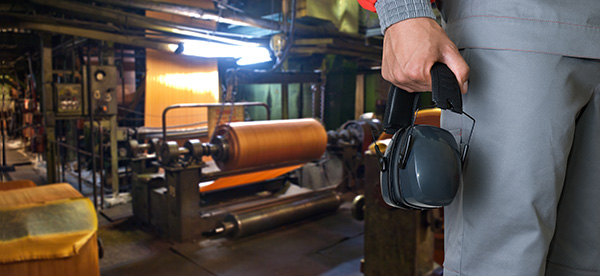
Choosing the Right Ear Protection
Ear protection isn’t just for those who work in noisy environments. If you operate machinery around your home, including snow blowers, lawn mowers or chainsaws, you will want to have something to help dampen the noise. Sometimes you need to reduce noise in a specific situation, such as going to a concert. Choosing the right ear protection is easy when you know what’s available.
Disposable Earplugs
These are very similar to the earplugs you might wear when you swim. These earplugs are usually made of foam or plastic and come in different shapes, sizes and grades. Disposable earplugs may be used to attend a concert or in other situations where you want to tamp down the sound but not eliminate it completely. Light sleepers find them useful to reduce traffic noise or a partner’s snoring.
Disposable earplugs are comfortable and inexpensive. However, they should be worn only once or twice before throwing them away. The earplugs should be wiped off before each use to remove any dirt or bacteria.
Custom-Fit Earplugs
These earplugs are designed to provide a custom fit. An audiologist takes an impression of your ear to make plastic earplugs that only you can use. If you use earplugs on a regular basis, these may be worth the cost because not only are they comfortable (because they are custom made) but they also last from three to five years. They can be worn for long periods of time and come in different sizes, shapes and colors.
Custom-fit earplugs also need daily cleaning with hydrogen peroxide or soap and water and a small brush.
Earmuffs
Earmuffs can block a lot of noise. They work well for people who do not want to have something inside the ear canal, or in situations requiring short-term use such as shooting, lawn mowing or working with power tools. Because they’re bulky, they may become uncomfortable after long periods of time. But earmuffs are easy to clean and can be worn in conjunction with other ear protection such as earplugs.
Decibel Levels
Sound is measured in decibels (dB). The higher the dB, the louder the sound. Normal conversation is around 50 or 60 dB, while a lawn mower could be as high as 120 dB. Scientists say any prolonged exposure to sounds above 85dB can damage your hearing. Ear protection can significantly reduce decibel levels. Earplugs and earmuffs receive noise reduction ratings (NRR), which provide a guideline as to the amount of noise reduction protection. The NRR is a percentage of noise reduction, so the actual number is not directly applied to the decrease in decibels provided by the ear protection.
As many as 26 million Americans suffer hearing loss due to overexposure of loud noises. Because the symptoms are gradual, it’s important to visit an audiologist and choose the right ear protection to help prevent hearing damage.

